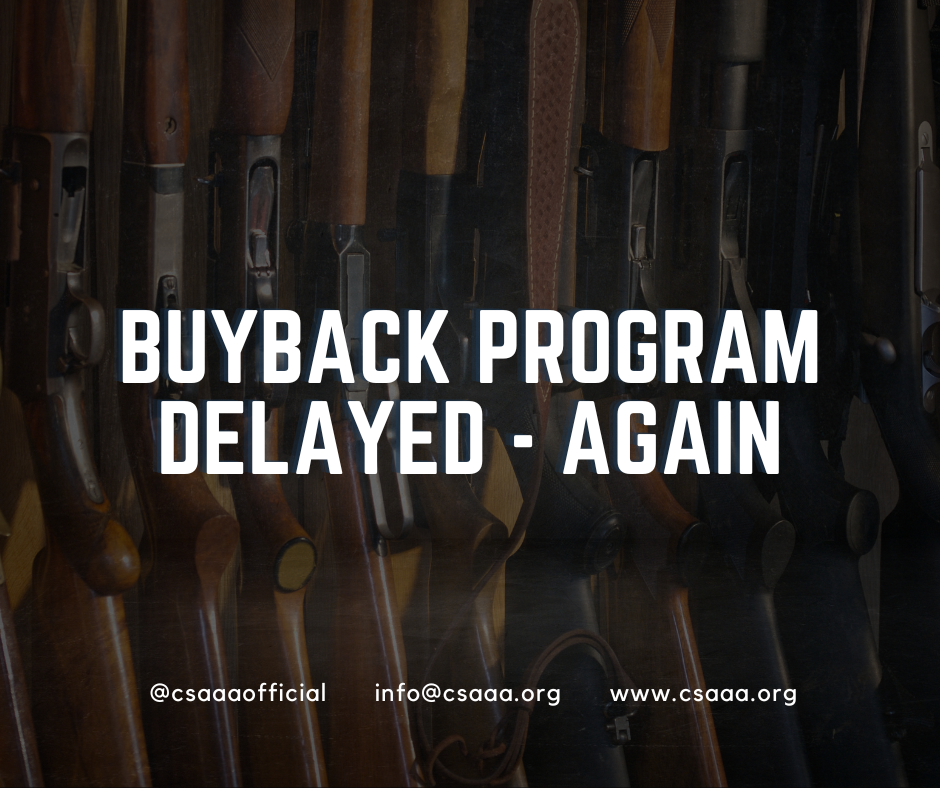The federal government’s firearms prohibitions have created serious barriers for both businesses and citizens. Canada’s healthy firearms community rooted in tradition, sport, and necessity is now burdened with confusion, inaccessibility, and fear.
For businesses and employees, this is a livelihood. For hunters and sport shooters, a firearm isn’t just a tool. These guns are tailored to individual physical and mechanical needs, much like a properly fitted pair of skis or a custom-made bicycle. The notion of simply replacing a prohibited firearm with another is unrealistic. The time, cost, and specificity required to find a suitable replacement make it nearly impossible for many Canadians, particularly those living in remote or northern regions. There’s also the constant and realistic fear that any replacement acquired could be banned next, part of yet another political move presented as a “crime reduction” strategy.
Retailers and customers are increasingly frustrated. Those seeking replacements for prohibited firearms often search for something functionally similar, only to be told that cosmetic features have rendered that model prohibited. These arbitrary classifications, based on appearance rather than function, have made the process of acquiring a replacement firearm an ordeal. Global backorders, inflated tariffs, and high freight costs only worsen the problem. In some cases, the sport or hunting tradition simply fades away because no viable alternatives exist.
Urban policymakers often fail to understand, or more realistically, choose to ignore, that hunting is not a casual pastime for many Canadians. For a significant portion of the population, it is a way to feed their families. With inflation and cost-of-living pressures at record highs, more families are turning to hunting as a reliable and affordable food source. These firearm prohibitions don’t just affect a hobby, they restrict access to a vital means of survival.
The economic impact is massive. The hunting and sport shooting industries support thousands of businesses and shooting ranges, employing hundreds of thousands of Canadians. With each new wave of restrictions, more of these businesses close their doors. Jobs are lost. Communities that once thrived around these activities are being dismantled, piece by piece.
There is also a significant accessibility issue. Many of the now-prohibited firearms, especially semi-automatic models, are the only safe and practical options for Canadians with physical disabilities. Their adjustable and customizable features make them usable by individuals with varying body types and physical abilities. Removing these options effectively eliminates participation for many with disabilities.
These decisions are not just about policy, they’re about people. People who rely on these tools to work, to eat, and to live. The consequences reach far beyond political talking points, disrupting livelihoods, destroying recreational traditions, and destabilizing communities.
Policy needs to change. It must be based on evidence rather than politics and must respect the rights, realities, and contributions of the Canadians most affected. The current path is not just flawed, it’s unsustainable.
Another urgent issue across the country is ammunition accessibility. With Canada Post still refusing to ship ammunition, rural and remote hunters and shooters are forced to rely on highly restricted and costly alternatives: pallet shipments by truck, limited seasonal container routes to areas like Nunavut, or expensive air cargo. Even when transportation is available, the cost burden falls heavily on both the distributors and end users. Many retailers have simply stopped shipping ammunition altogether.
Experts agree that Canada’s prohibitions and confiscation or “buyback” will not improve public safety. The National Police Federation, which represents RCMP officers, has stated that the program diverts crucial personnel, resources, and funding away from addressing the real and growing threat posed by criminal use of illegal firearms.
Academic research supports this view. According to a University of Toronto professor, buyback programs do little to reduce gun violence because the participants are not the ones likely to commit violent crimes.
Ultimately, the evidence shows that these prohibitions and the so-called buyback won’t make Canadians safer. The government should reconsider before wasting more taxpayer dollars on a plan that fails to address the actual problem.
If the Canadian government is serious about improving the country’s economy, enhancing public safety, and reducing violent crime, it must reverse firearm and transfer prohibitions that are costing Canadians jobs, driving small businesses into closure, and burdening taxpayers with billions of dollars in unnecessary expenses at a time when those funds cannot be spared.














